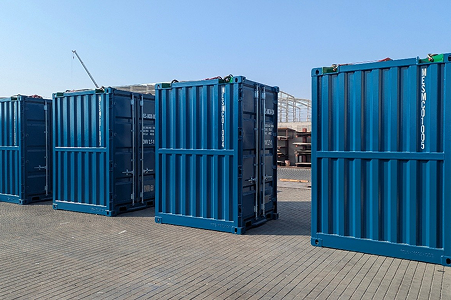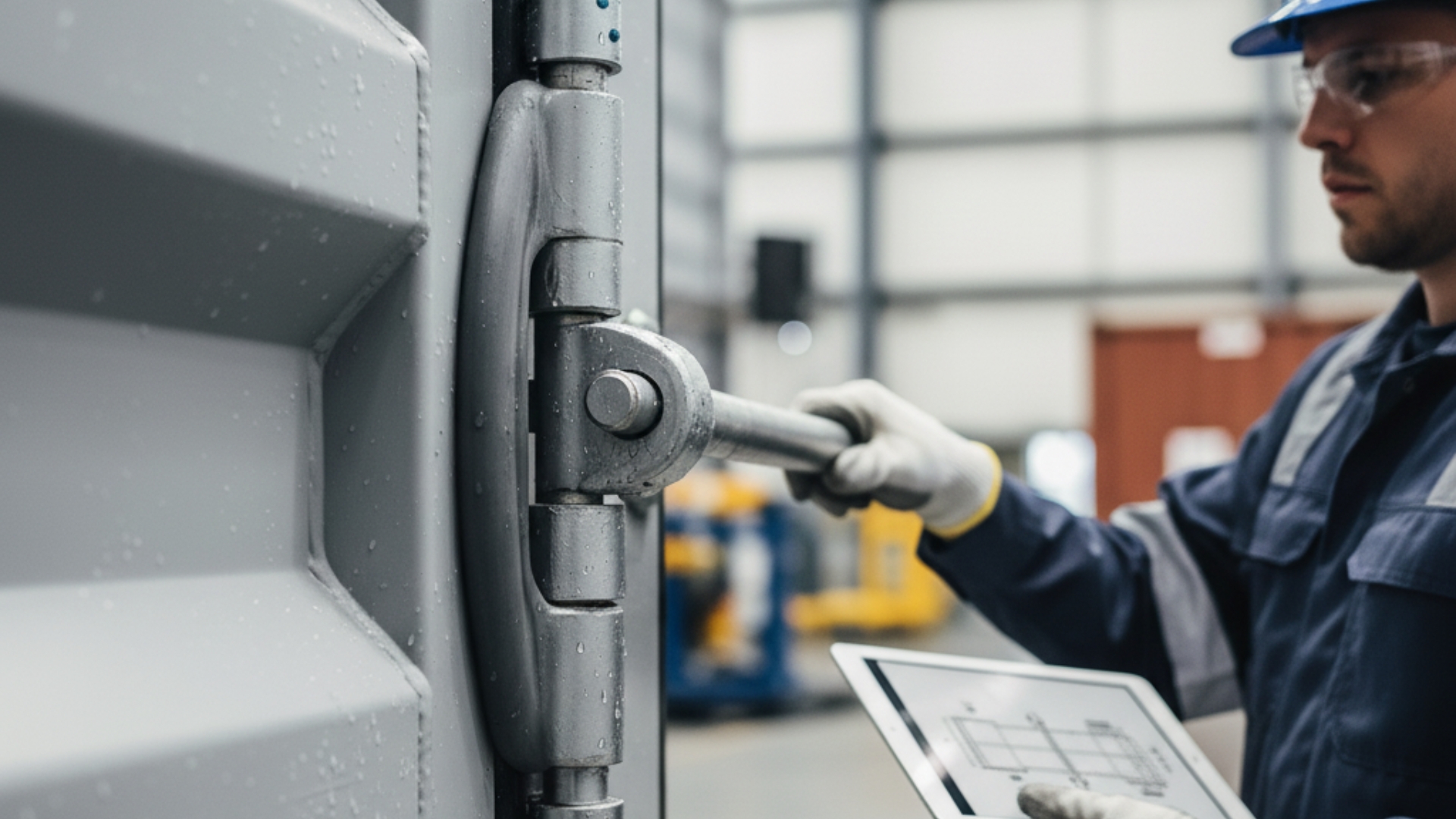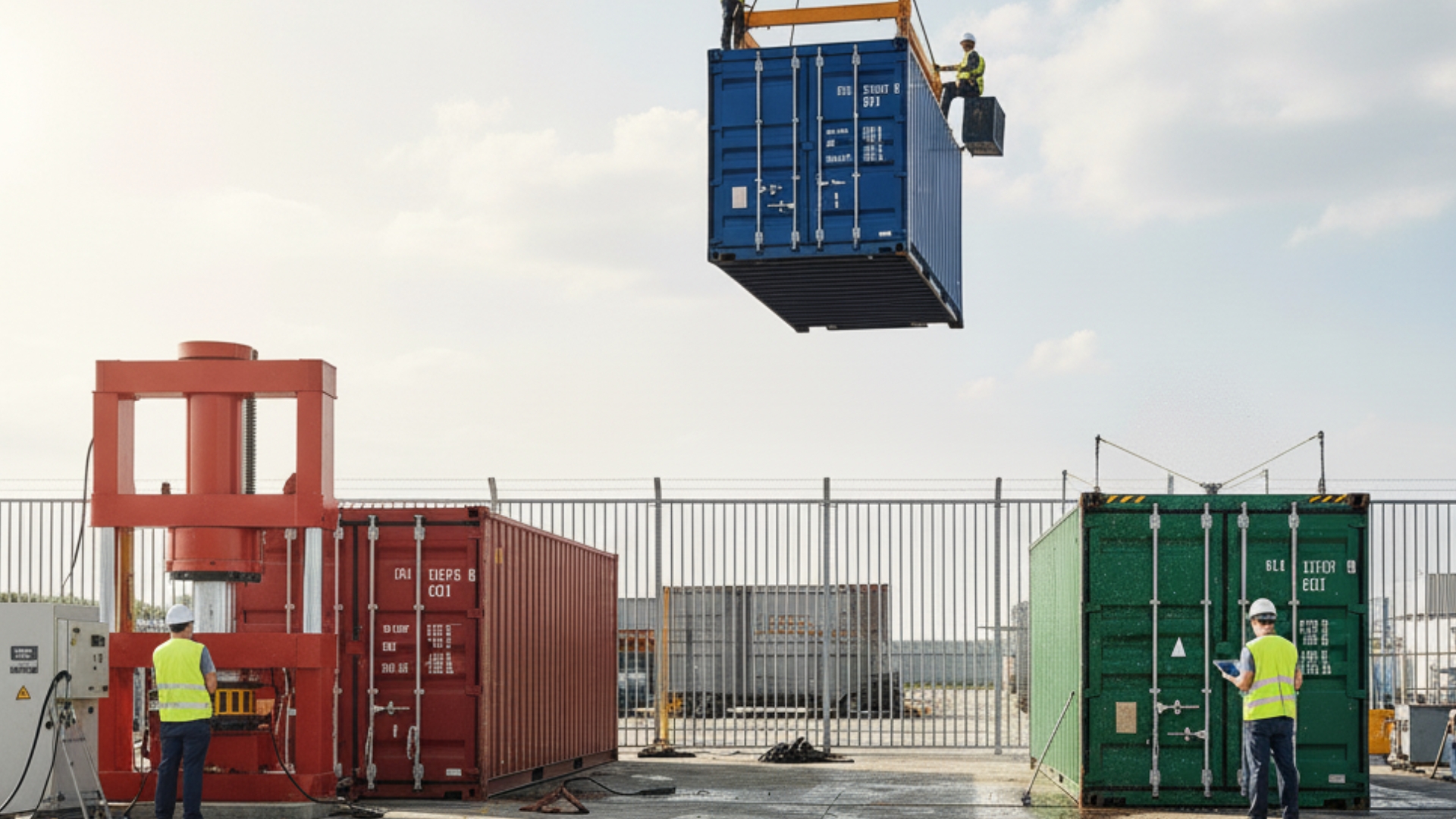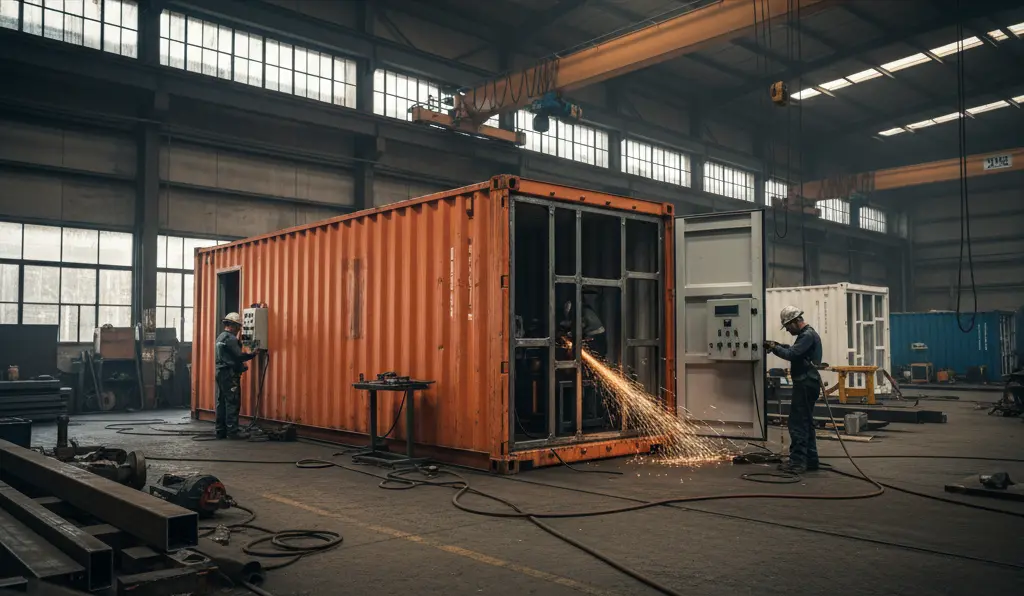Choosing the right DNV-certified offshore container is not just about size or price. It’s about safety, durability, and performance under pressure. Offshore environments are demanding, and your container needs to meet those demands without fail. Here’s a simple guide to help you make the right choice.
1. Build Quality and Materials
The foundation of a reliable offshore container starts with what it’s made of.
- Steel type and corrosion protection: Look for containers made with high-grade Corten or stainless steel. These materials resist corrosion caused by saltwater and extreme weather. Surface treatments like sandblasting and marine-grade paint coatings add extra protection.
- Weld quality and surface finish: A strong frame means strong welds. Poor weld quality can lead to structural failure, especially under offshore conditions.
- Durability in harsh environments: Offshore containers should withstand rough handling, high humidity, and strong winds. Ask if the container has been tested under these real-world conditions.
2. Load Capacity and Dimensions
It’s important to match the container’s capacity with your operational needs.
- Payload vs. tare weight: Make sure you understand how much weight the container can safely carry (payload) and its own empty weight (tare). Overloading can lead to dangerous situations.
- Internal space and access: Check if the container has enough space inside for your cargo and whether it has easy access doors or hatches.
- Lifting compatibility: Ensure the container has standardized pad eyes and lifting points that are compatible with your offshore lifting equipment.
3. Certifications and Compliance
Certification ensures the container is safe and legal to use in offshore operations.
- DNV 2.7-1 certificate: Only choose containers with a valid DNV 2.7-1 certificate. This ensures it meets strict offshore safety and performance standards.
- Additional compliance: Some projects may require compliance with EN 12079 or IMO regulations. Make sure the container ticks all boxes.
- Inspection records: Ask for the latest inspection or re-certification report. Offshore containers must be regularly tested to stay compliant.
4. Design and Functional Features
The right features can make your operations smoother and safer.
- Lifting and securing hardware: Look for features like certified shackles, lifting slings, pad eyes, and reinforced frames. These ensure the container can be safely lifted and transported.
- Built-in systems: Depending on your use case, you may need containers with drainage systems, ventilation, or even fire-rated insulation (like A60 fire protection).
- Purpose-built designs: Need to transport chemicals or temperature-sensitive goods? Choose type-specific designs like chemical containers, basket containers, or reefers.
5. Supplier Credibility
A reliable supplier makes all the difference.
- Experience matters: Choose a supplier with a solid track record in offshore container manufacturing. Ask about past offshore projects or client references.
- Quality control: Reputable manufacturers follow strict quality checks at every step. This ensures the container performs as promised.
- Support and warranty: Good suppliers offer after-sales support and warranty coverage. It shows they stand behind their product.
6. Additional Enhancements to Look For
Some advanced features can add long-term value to your container.
- ATEX / IECEx compliance: If your site handles flammable or explosive materials, make sure your container is certified for hazardous zones.
- Smart tracking: GPS or RFID systems help you track the container in real time. This is useful for managing assets across multiple offshore locations.
- Custom options: Need shelves, lighting, or partitions? A supplier like Al Basata can modify containers to meet specific needs.
7. Common Pitfalls to Avoid
A few mistakes can lead to expensive consequences.
- Ignoring re-certification: All offshore containers must be re-certified periodically. Skipping this puts safety and compliance at risk.
- Going with the cheapest option: Cost-cutting might mean compromising on safety or durability. Invest in quality.
- Using the wrong type: Not all containers serve the same purpose. Always match the container type to your actual use case.
Conclusion
Offshore operations are demanding and the last thing you need is equipment that lets you down. A well-chosen DNV offshore container gives you peace of mind, knowing your cargo is safe, secure, and compliant with industry standards.
Take your time to check the essentials, ask the right questions, and work with someone you can trust.
At Al Basata, we’re here to help you make the right choice with confidence. Whether you need a standard unit or a custom-built solution, we’ll make sure it’s certified, durable, and ready for the job.




